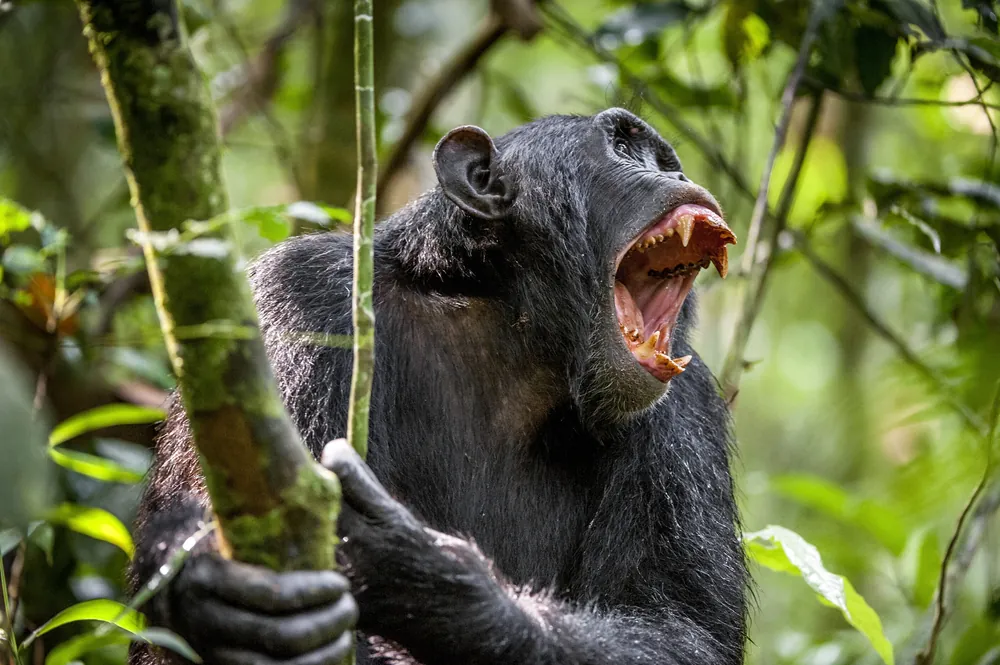Chimpanzees, categorized as great apes, are highly social animals that are native to Africa. Besides the bonobo, they’re our closest living relatives. Humans share more than 90% of our DNA with our primate relatives, and according to BMC Genomics, “The divergence between human and chimpanzee ancestors dates to approximately 6.5-7.5 million years ago.” Despite this, chimps can act more aggressively than humans. They seek revenge, cause injuries, conduct violence within groups, and use sharp tools to kill their prey. Even then, hundreds of studies done over several decades conclude that we can learn a lot more from observing chimps than we think we can.
They Commit Warfare

Even though our closely related relatives might seem relaxed, it doesn’t mean they are all the time. Chimpanzees engage in territorial conflicts with neighboring groups, often resulting in violent, lethal confrontations. This known fact came about in the 1970s when researchers became “aware that male chimps often organize themselves into warring gangs that raid each other’s territory, sometimes leaving mutilated dead bodies on the battlefield.” Some scientists believe this aggression comes from human interference. Because we cut down their land and forests for farming, they become aggressive as an act of defense.
Furthermore, the territorial disputes among chimpanzees reveal intricate social dynamics within their communities. These conflicts are not just random acts of aggression; they serve as a stark reminder of the complex interactions and alliances that exist within chimpanzee societies. In many ways, these confrontations mirror the multifaceted relationships and power struggles that humans experience in their own societies, shedding light on the evolutionary origins of group dynamics and the potential consequences of habitat loss and interference. Understanding these behaviors is crucial not only for the conservation of chimpanzee populations but also for gaining insights into our own species’ history and behavior, as we share a common ancestry with these remarkable creatures. (Science).
